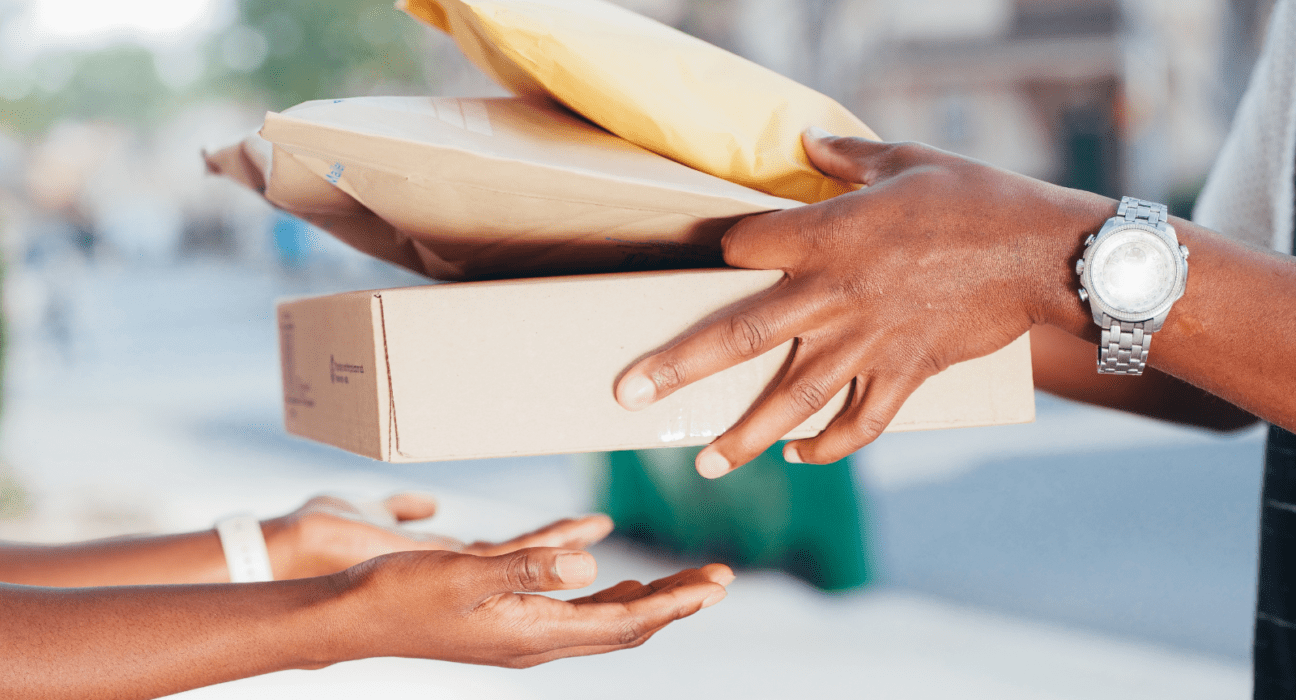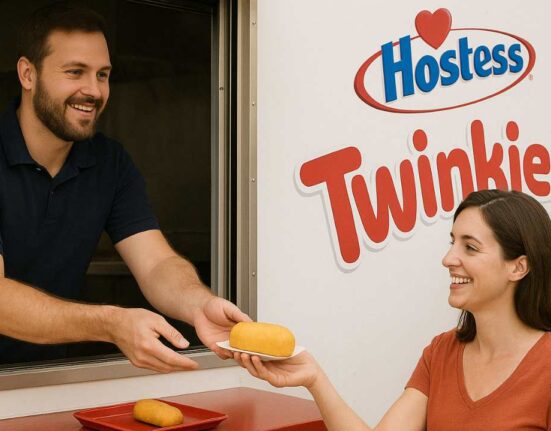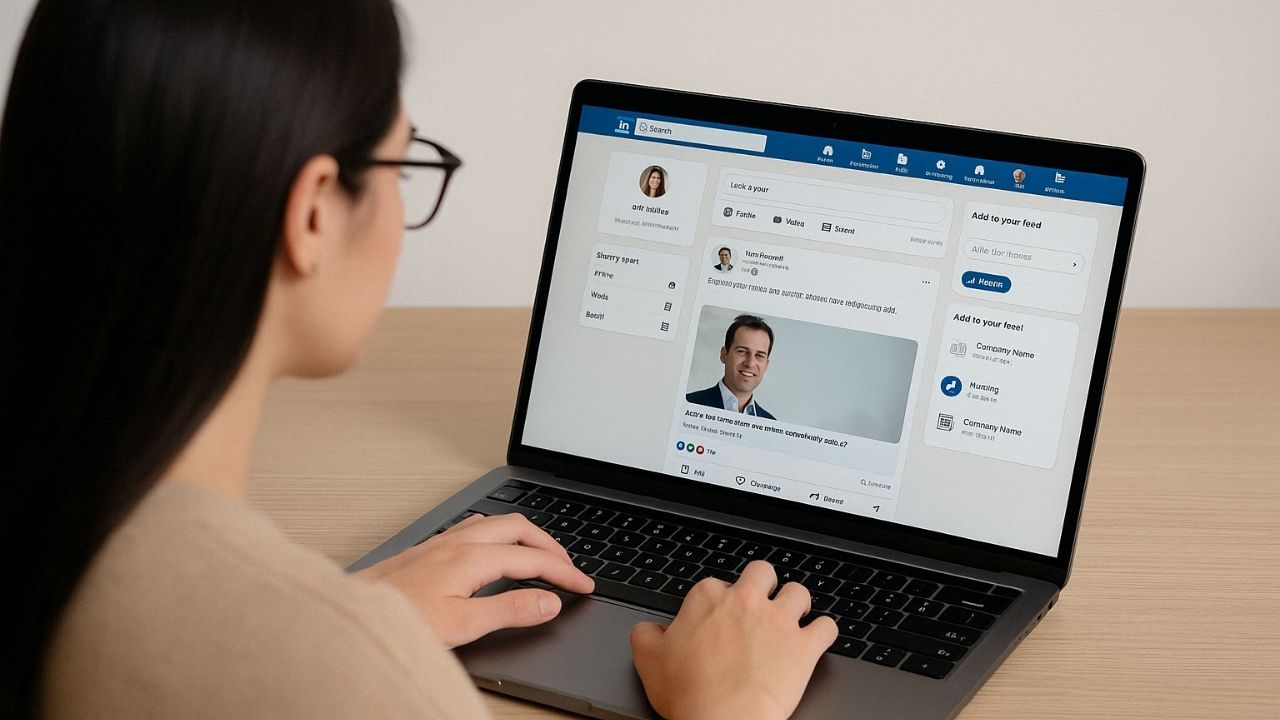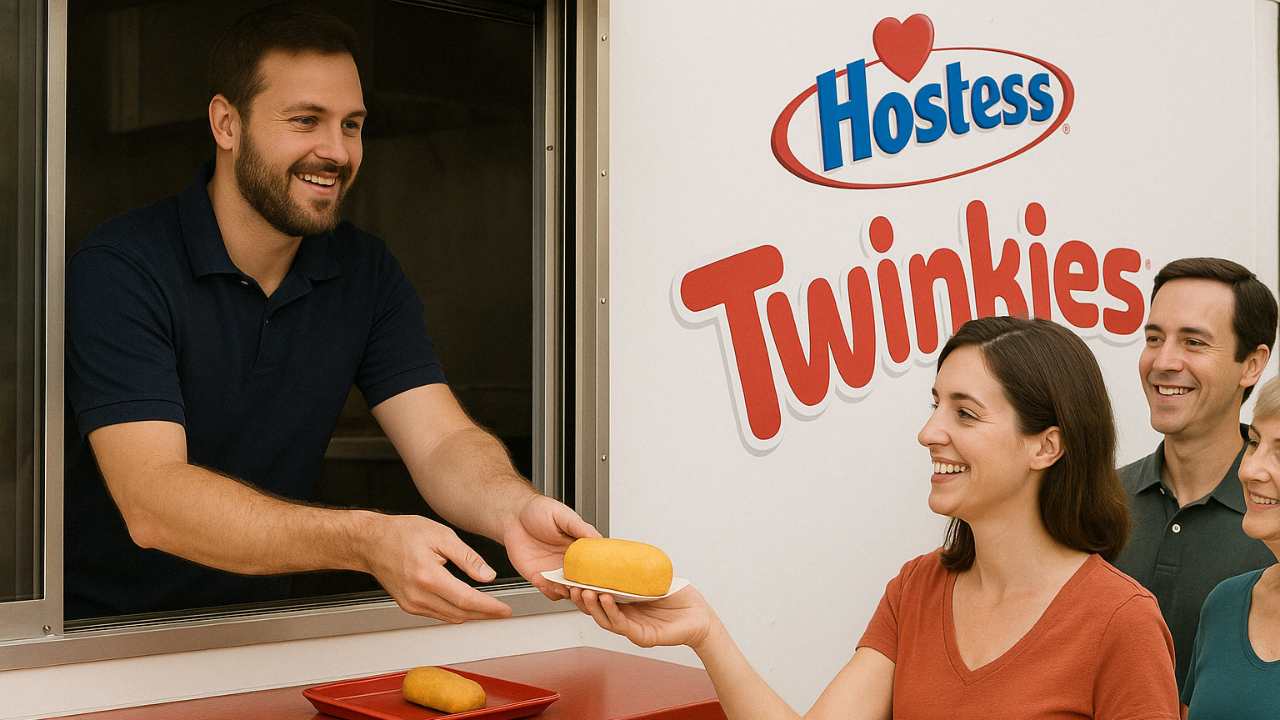Packaging is often the forgotten part of a business but it plays a huge role in shaping your brand, building customer loyalty and making things run smoothly. Whether you sell a physical product or offer services that involve physical goods, packaging is more than just a box – it’s part of your marketing, customer engagement and brand differentiation. Let’s dive into the many layers of packaging and how it helps your business grow.
1. Branding and Identity: Who Are You
First impressions count and in many cases your packaging is the first interaction a customer has with your brand. A well thought out packaging design can communicate your company’s values, mission and brand identity. From the colours and fonts to the texture and imagery used, every element of packaging is an extension of your business’s personality.
Think of luxury brands like Apple or Tiffany & Co. whose packaging is synonymous with luxury and quality. Their products come in simple, sleek designs that elevate the unboxing experience and convey a sense of craftsmanship. An eco-friendly brand might use recyclable materials, earthy tones and biodegradable inks to communicate their commitment to sustainability.
Your packaging should align with your overall branding strategy, reinforcing what makes your business unique and why customers should choose you over others. It’s a powerful way to build a connection with your target market.
2. Marketing and Visibility: Reach Further
Packaging is one of the most powerful marketing tools you have. When a product is on a retail shelf, the packaging is a silent salesperson. Eye catching, informative packaging can grab attention and make a customer buy even if they weren’t aware of your brand to begin with.
Plus, packaging gives you real estate to talk directly to the customer. You can highlight product benefits, unique selling points or even information on related products through inserts or QR codes. In e-commerce, branded packaging can continue to reinforce your brand even after the product has left the warehouse. Imagine a customer receiving a beautifully branded box at their doorstep – it builds excitement and can lead to organic marketing when shared on social media.
Good packaging design makes your product more desirable, drives sales and makes your brand more visible in a crowded market. It can turn a ordinary purchase into an experience.
3. Product Protection and Safety: Quality and Trust
At its heart, packaging is designed to protect your product. Whether you’re shipping electronics, glassware or food, the quality of your packaging determines whether your product arrives in perfect condition or not. Customers expect their purchases to be in perfect shape and any damage caused by poor packaging can lead to complaints, returns or lost customers.
Poor packaging not only costs you money through product damage but can also damage your reputation. Trust and reliability are key to customer retention and no one wants to deal with a brand that delivers broken or faulty products. For industries like food, cosmetics or pharmaceuticals packaging also ensures safety by preventing contamination and tampering. Compliance with industry regulations – like proper labelling and sealing requirements – is essential for consumer safety and business credibility.
Invest in good, protective packaging and you build trust and reputation for delivering safe products.
4. Customer Experience: The Unboxing Moment
The unboxing experience has become part of the customer journey, especially in the age of social media. Packaging that delights the customer when they open it can turn them into brand advocates. A beautifully designed package adds an emotional component to the purchase and makes the customer feel valued and appreciated.
Many companies now realise the importance of making the unboxing experience a memorable moment. Personalised thank you notes, exclusive offers or even free samples in the package can create positive emotional responses that lead to repeat business and word of mouth marketing.
Plus in this digital age customers are sharing their unboxing experiences on social media platforms like Instagram or YouTube. Branded packaging that delivers a “wow” factor can go viral and generate organic promotion and exposure without any additional marketing spend. This can lead to a snowball effect of increased brand awareness and new customers.
5. Sustainability and Cost Effectiveness: Ethics vs Profit
In recent years sustainability has become a key factor in customer purchasing decisions. As awareness of the environment grows so does the demand for businesses to adopt eco friendly packaging solutions. This is a challenge and an opportunity for companies.
Using recyclable, biodegradable or reusable materials in your packaging shows you care about sustainability and attract eco conscious customers. But balancing sustainability with cost effectiveness is key. Eco friendly packaging can be more expensive upfront but many businesses find it pays off in the long run by reducing material waste and shipping costs.
Good, minimal packaging that does the job while minimising environmental impact reduces overhead and positions your brand as socially responsible. In fact studies show customers are willing to pay more for products packaged in sustainable materials.
6. Legal and Compliance: The Regulations
Packaging is also subject to many legal and regulatory requirements depending on the industry you are in. For example in the food and beverage industry packaging must display ingredients, nutritional information and expiration dates. Failure to comply with these regulations can result in fines or legal action and damage to your business reputation.
Pharmaceutical companies must adhere to strict packaging guidelines to ensure medications are tamper evident and properly labelled. Non compliance with these safety regulations can have severe consequences from product recalls to liability lawsuits.
So businesses need to understand the legal framework that applies to their industry and make sure their packaging meets all the requirements. This protects the customer and your business from potential legal issues.
Packaging as an Asset
In conclusion packaging is more than a functional need – it’s a strategic asset that can differentiate your brand, protect your products and enhance the customer experience. By investing in innovative, beautifully designed and eco friendly packaging businesses can create lasting impressions that stick with the customer long after the sale is made.
So packaging is part of your brand story and when done well it can drive long term success, customer loyalty and profit. Businesses that treat packaging as part of their marketing strategy not an afterthought will win in the market.
Additional resources:










